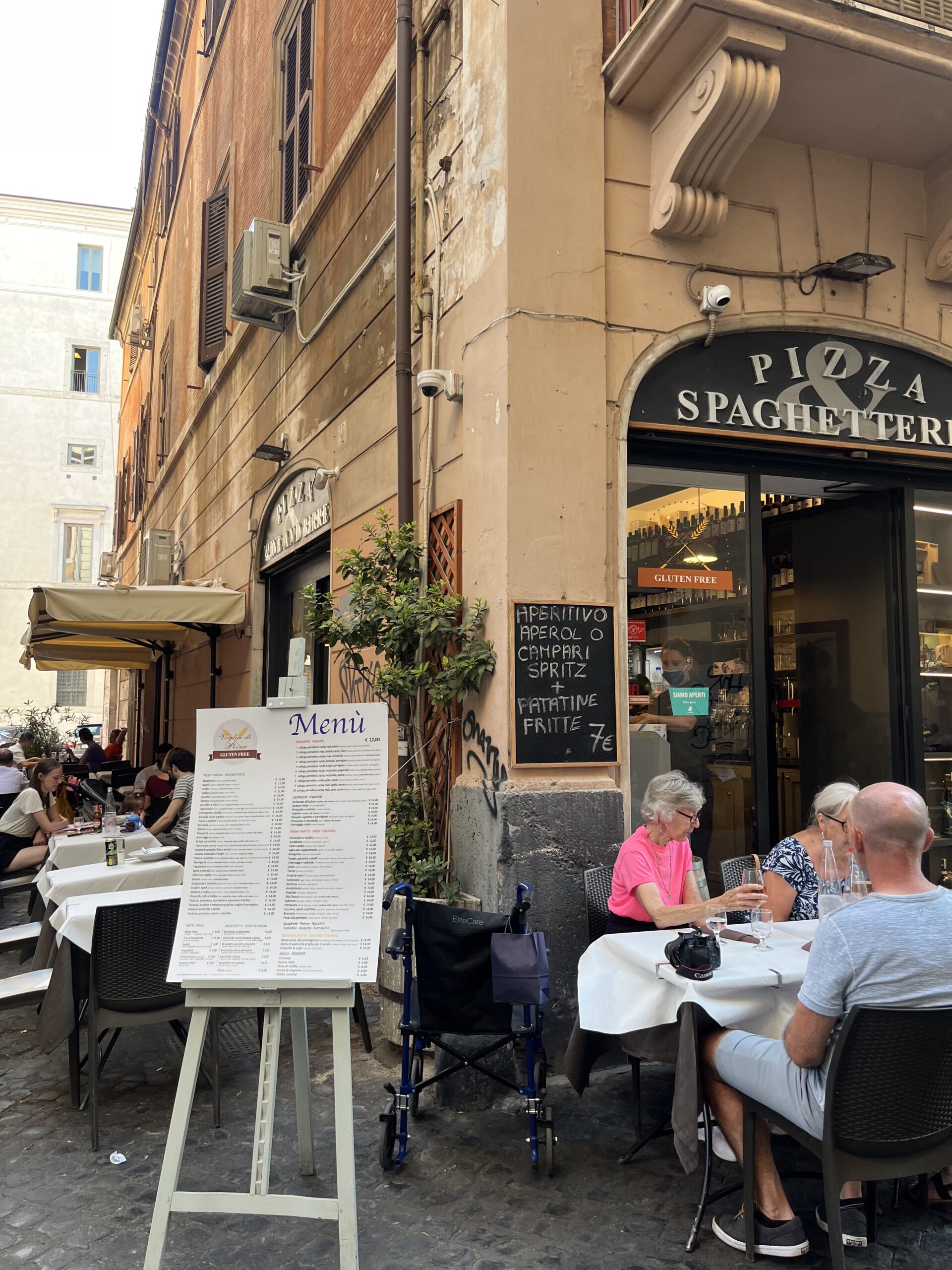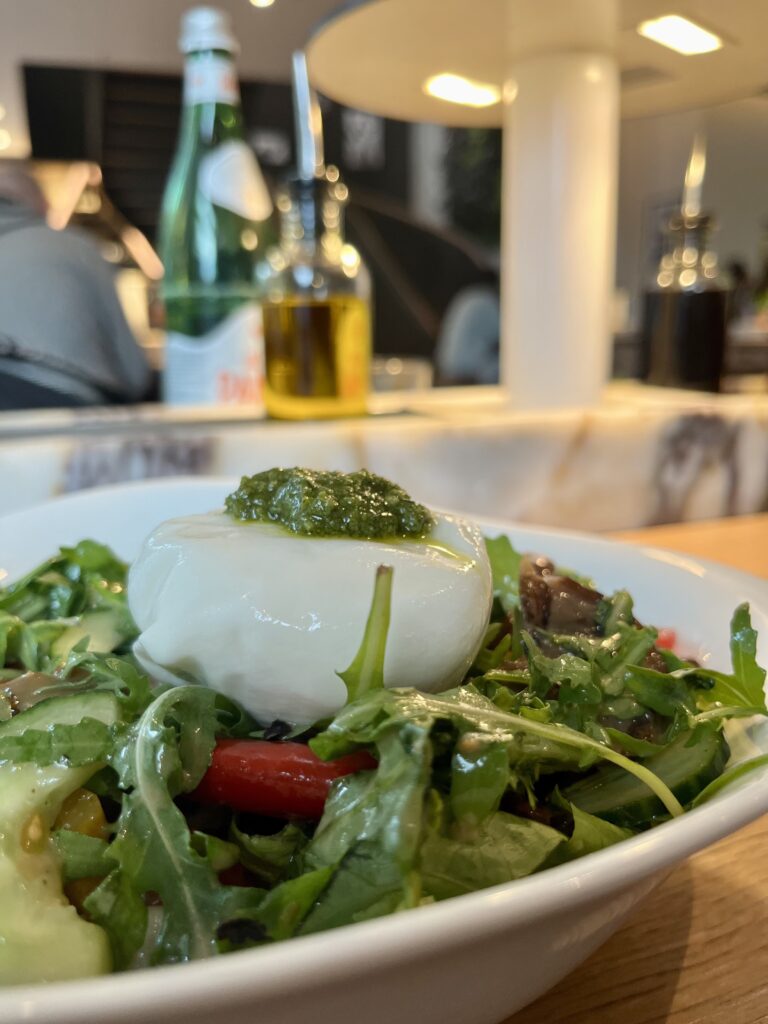Some Aspects That Make Europe Different from the US

Have you ever wondered in what ways Europe is different from the U.S.? As someone who calls both countries their home and has traveled and lived in both, these are some key aspects I’ve noticed. They sometimes seem small but make such a big difference in the culture and day-to-day living.
Maybe this can also warn or prepare you for if you’re headed to Europe for the first time.
More related to Europe
1. More Coin Use
In the U.S. if you pay for an item with purely coins, you’ll probably get some stares. But looking at the European currency – Euros – there are €2, €1, and 50-cent Euro coins that are used frequently. In America you’ll people rarely use anything above a quarter (25 cents), making paying with just coins more tedious.
In Europe though, you’ll often find it easy to pay with simply coins, especially for smaller purchases and it’s completely normal. On the downside, the process of carrying heavy and noisy coins is not convenient.
Check out the current Euro to Dollar Rate: Euro to Dollar
2. Metrics: Celcius & ‘Military’ Time, Comma vs Dot, Km vs Mi
Maybe you’ve heard of the running joke that the U.S. always wants to be unique and do everything differently. As a consequence, many metrics in Europe are nothing like in the U.S.
For example, what we call “military time” in the U.S. is just regular time in Europe. That’s how it works – no AM or PM. Just 0:00 (aka 12:00 AM) to 23:00 (aka 11:00 PM). This is convenient in the sense that there’s a greater likelihood of not messing up your alarm setting or misunderstanding something because of a misheard “AM” or “PM”.
Then we have the weather. 25ºC is not cold – in fact, it’s quite warm – 75ºF to be exact. The celcius metric often makes more sense. For example, the freezing point of water is 0ºC (or the random number of 32ºF).
Don’t confuse the dot and commas in some countries in Europe. €4,00 is simply €4.00.
There are many more metrics that differ that you’ve probably heard of, but if you’re from the US, the intuition of them may be missing. Kilometers versus miles. Liters versus ounces or cups. Weighing measurements (grams or ounces) versus using tablespoons and cups.
3. Transportation
In many many cities in Europe, you would not be dependent on a car. In the U.S., in the majority of cities, not having a car can be a large burden. There are more bike paths, public transportation, and motorcycle usage in Europe. Here are some differences by city, for example:
- Amsterdam: There’s heavy bike culture and lots of walking. Especially due to the port aspect there’s limited car space.
- Rome: An abundance of motorcycles. There are also smaller streets, so these are more convenient.
- Berlin: Apart from biking and walking there’s a large public transportation system: S-Bahn, U-Bahn, Bus, Train, etc. On the freeways, there’s also no speed limit.

4. Clothing Stores that are Simply Better There
There are many stores in the US that are also available all over Europe. But to say they are exact duplicates would not do its justice. Particularly stores like Zara and H&M are simply better there. Better options, upgraded looks, and is also more popular.
5. The Second Language
Luckily enough people going to Europe from English-speaking countries can rely on the fact that many citizens speak English in Europe. Of course, it would be their second or third language and are more fluent in the language of the country you’re in. But unlike America, most know at least two languages–English typically being one of them.
6. Speaking the Language
Even though many people speak English in Europe, speaking the language of the country you’re in gets you more respect. Learning the basics is good practice and makes one feel more part of the place. One should be careful because some citizens get offended by the wrong pronunciation. Language can be a huge part of the citizen’s identity and connection to their country.
7. Restaurant Environment
The culture around dining can vary across countries in Europe but has some clear differences between the U.S. You won’t be encouraged to receive a check right away, and no one will mind if you sit for hours talking. Connecting through food, ordering more drinks, and chatting longer is often culture.
There is also a lot more leniency surrounding alcohol. That includes carrying and drinking in public, drinking ages, and amount of businesses that offer alcohol.



8. Style
In my experience in the U.S., you can go outside in sweats and workout gear and no one would bat an eye. In fact, you’d often fit right in.
Not to say you can’t do that in Europe, but you may feel a little out of place in some areas. Overall the culture in cities such as Paris and Florence is on the more stylish side. The plus side is that you probably won’t ever look overdressed, so it’s a great opportunity to dress up on a daily basis.
If you go during heavy tourist seasons in tourist areas though, you’ll notice that the majority of people there look pretty “regular”. But that’s simply because they’re not the locals, and tourists populate the area with their styles.
Disclaimer: This is just my opinion and experience.




Leave a Reply